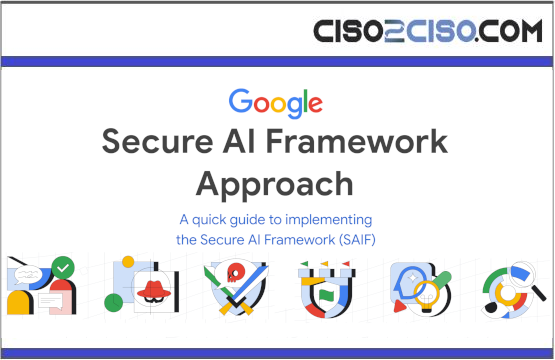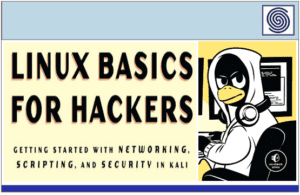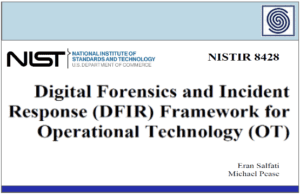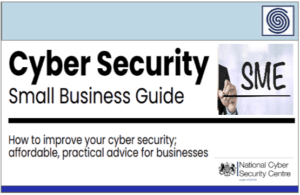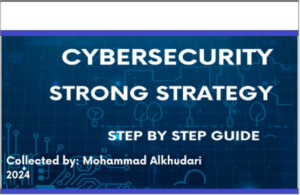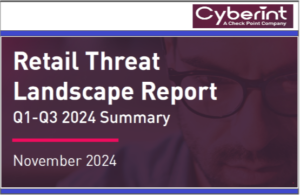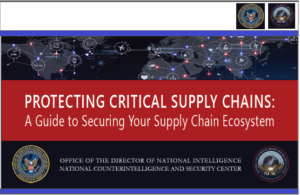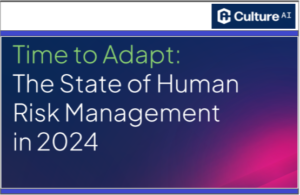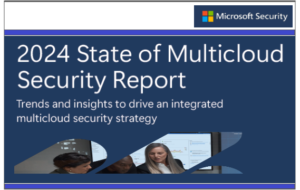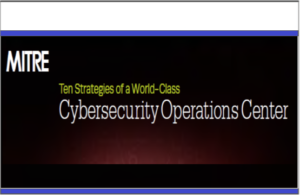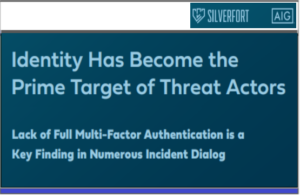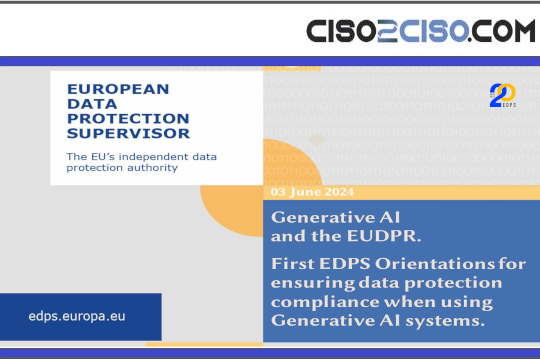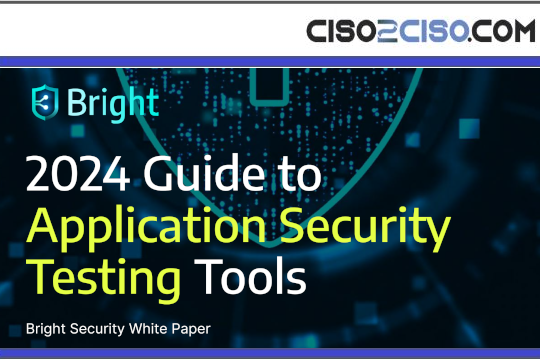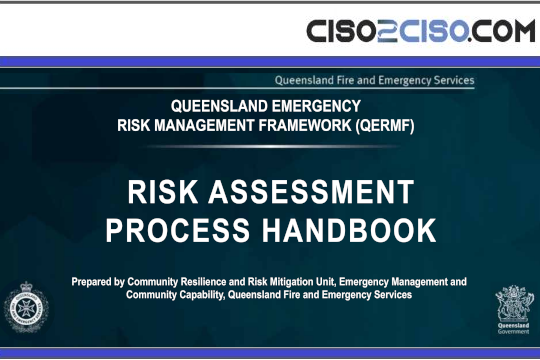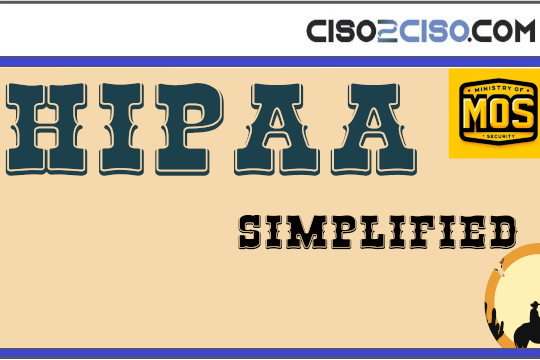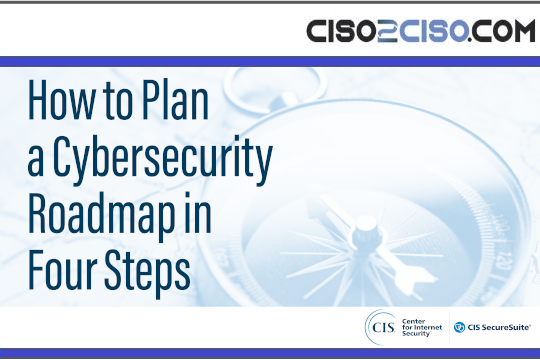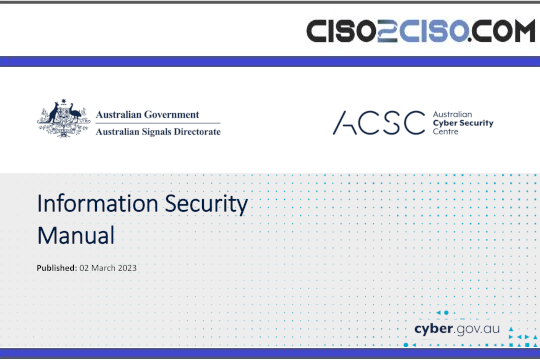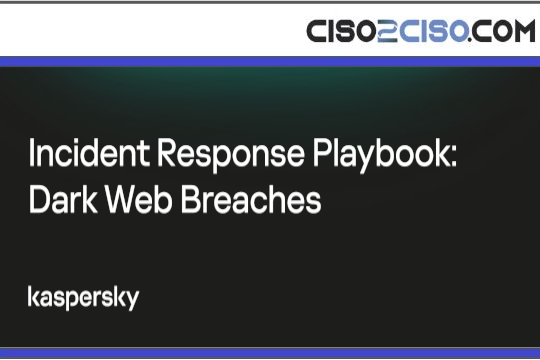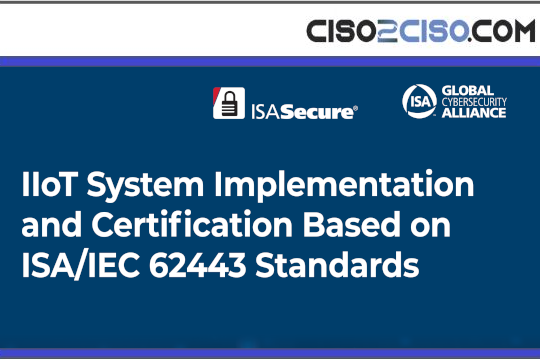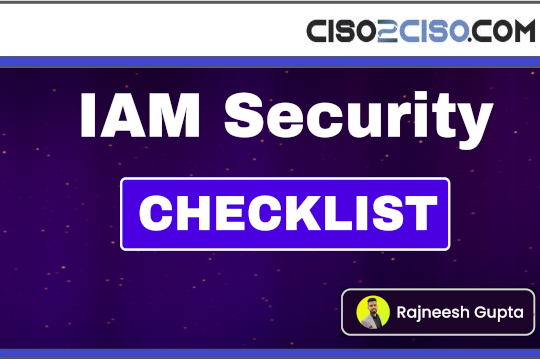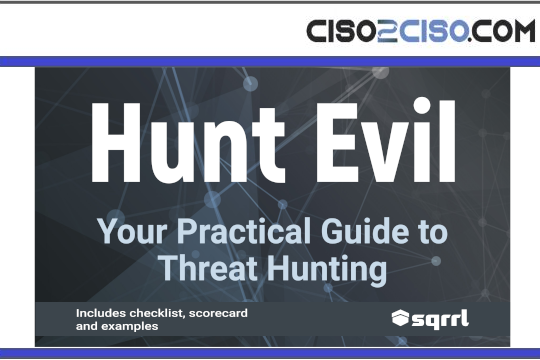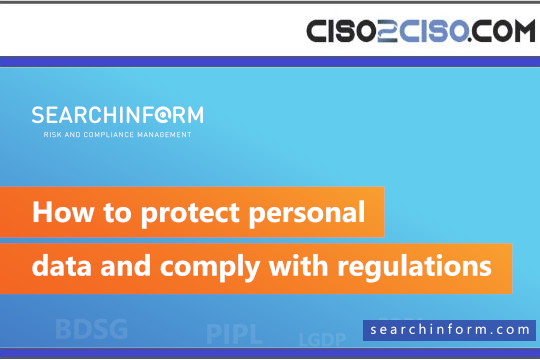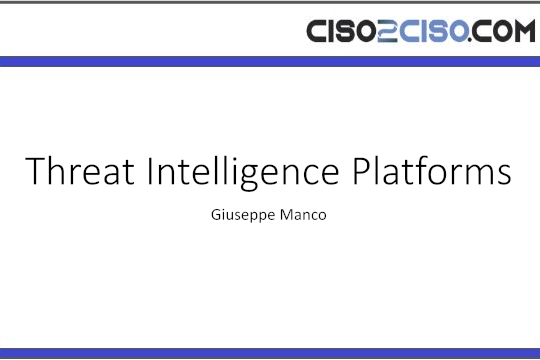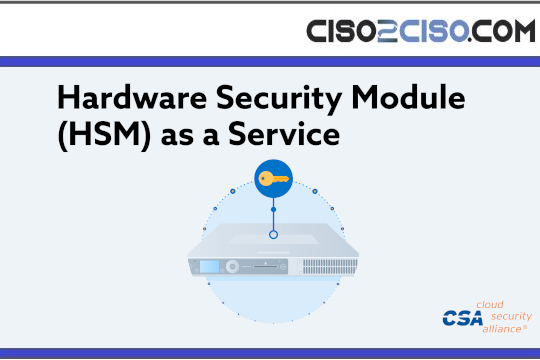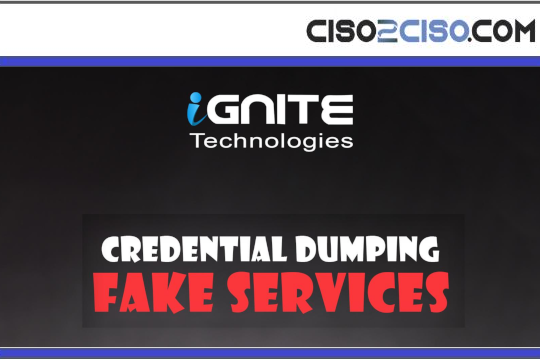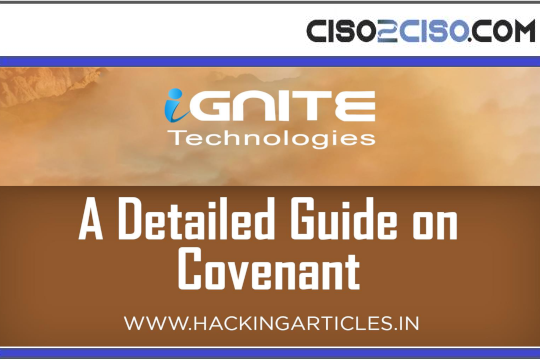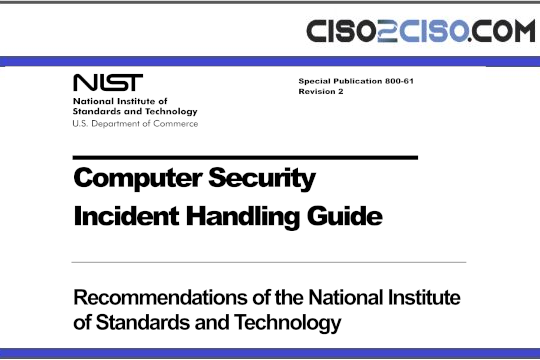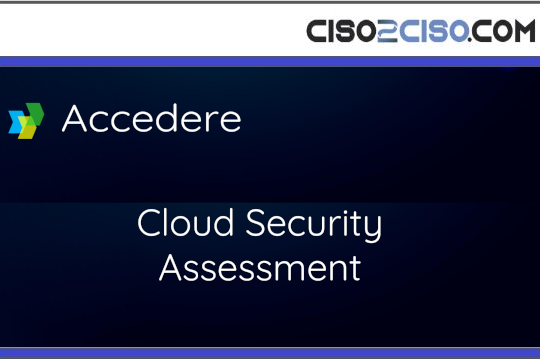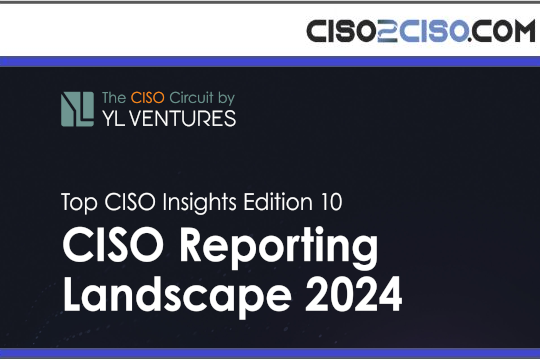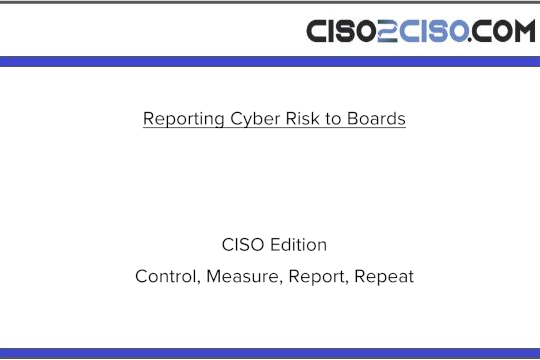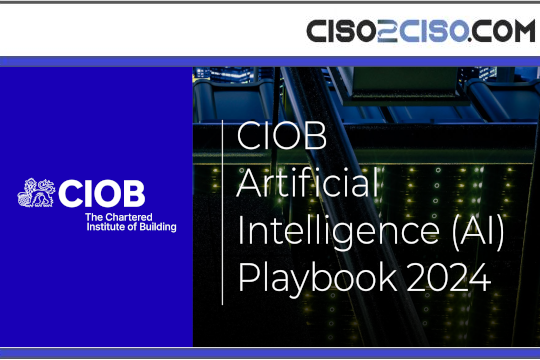A quick guide to implementing the Secure AI Framework (SAIF)
Secure AI Framework (SAIF) is a conceptual framework for secure artificial intelligence (AI) systems. It is inspired by security best practices — like reviewing, testing and controlling the supply chain — that Google has applied to software development, while incorporating our understanding of security mega-trends and risks specific to AI systems. SAIF offers a practical approach to address the concerns that are top of mind for security and risk professionals, such as:
- Security
- Access management
- Network / endpoint security
- Application / product security
- Supply chain attacks
- Data security
- AI specific threats
- Threat detection and response
- AI/ML model risk management
- Model transparency and accountability
- Error-prone manual reviews for detecting anomalies
- Data poisoning
- Data lineage, retention and governance controls
- Privacy and compliance
- Data privacy and usage of sensitive data
- Emerging regulations
- People and organization
- Talent gap
- Governance / Board reporting
This quick guide is intended to provide high level practical considerations on how organizations could go about building the SAIF approach into their existing or new adoptions of AI. Further content will delve deeper into the topics – for now we focus on the priority elements that need to be addressed under each of the six core elements of SAIF:
- Expand strong security foundations to the AI ecosystem
- Extend detection and response to bring AI into an organization’s threat model
- Automate defenses to keep pace with existing and new threats
- Harmonize platform level controls to ensure consistent security across the organization
- Adapt controls to adjust mitigations and create faster feedback loops for AI deployment
- Contextualize AI system risks in surrounding business processes
Views: 3

